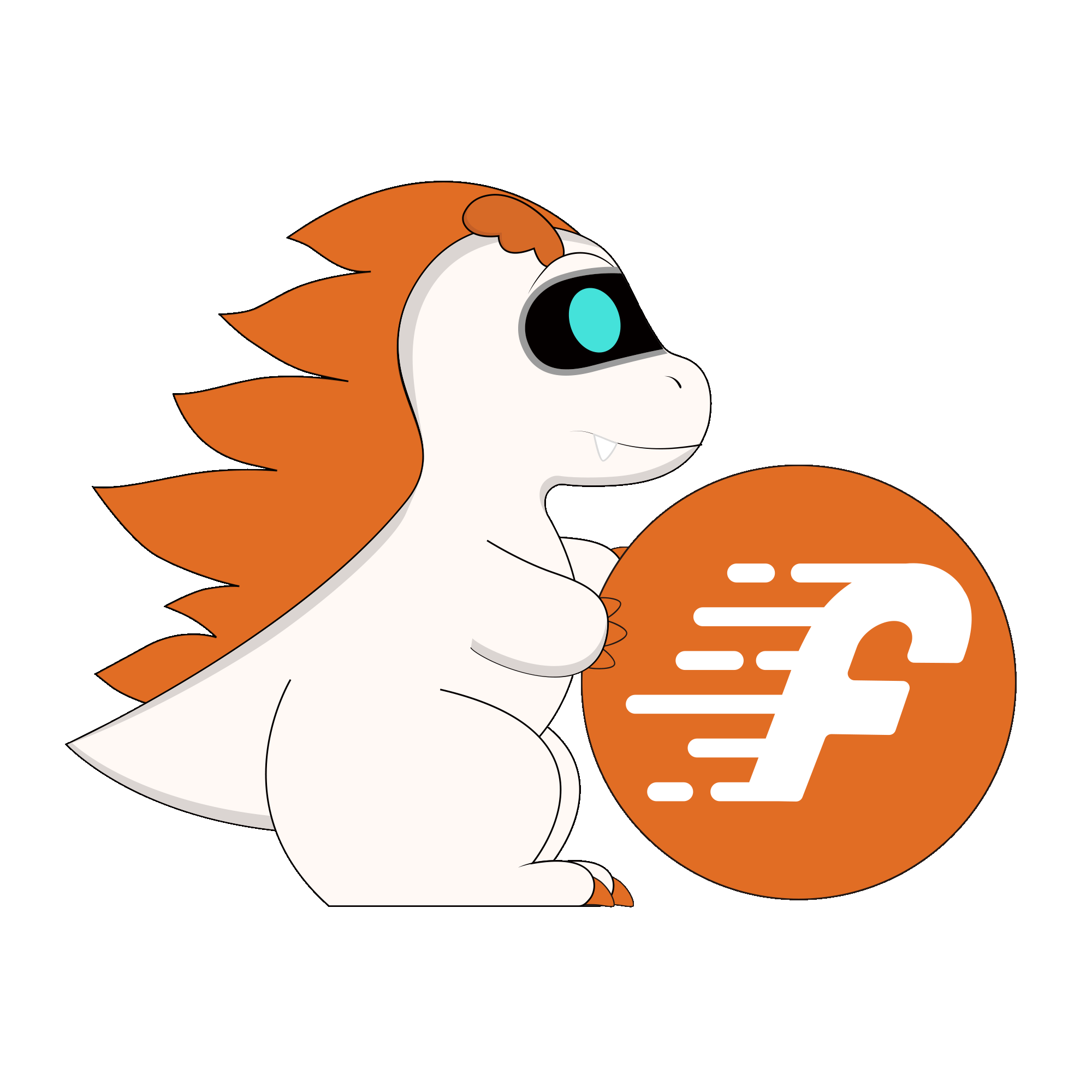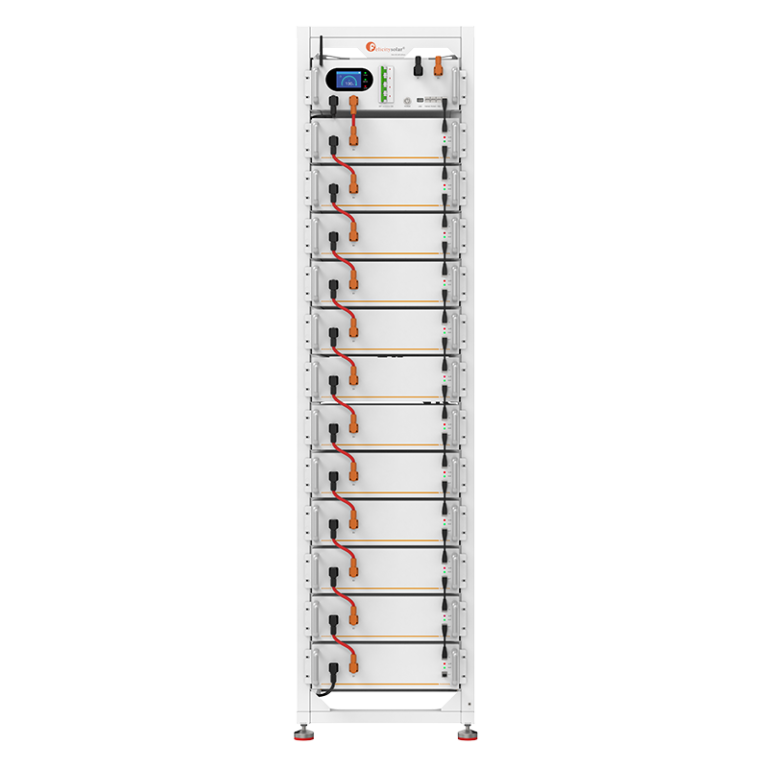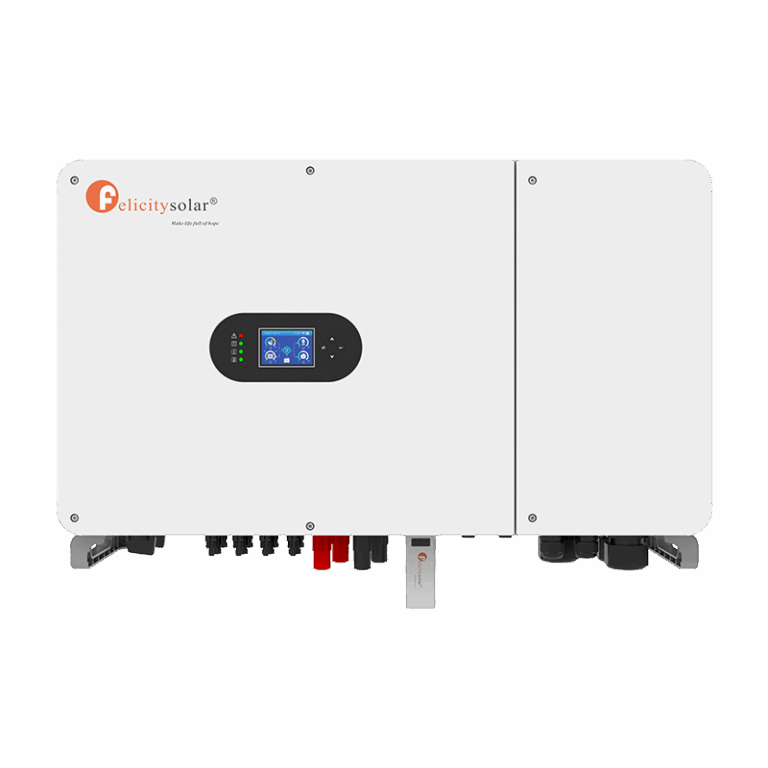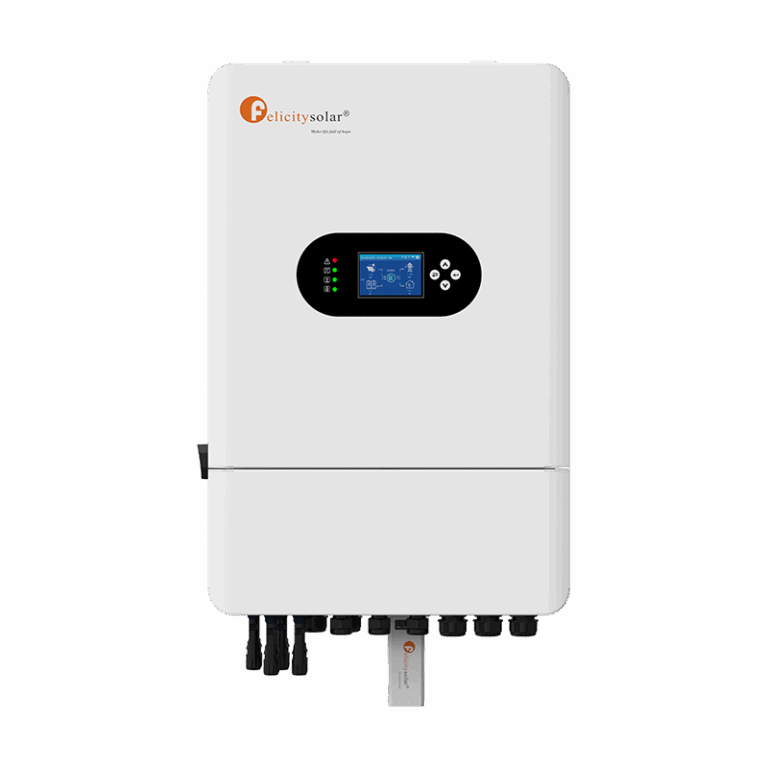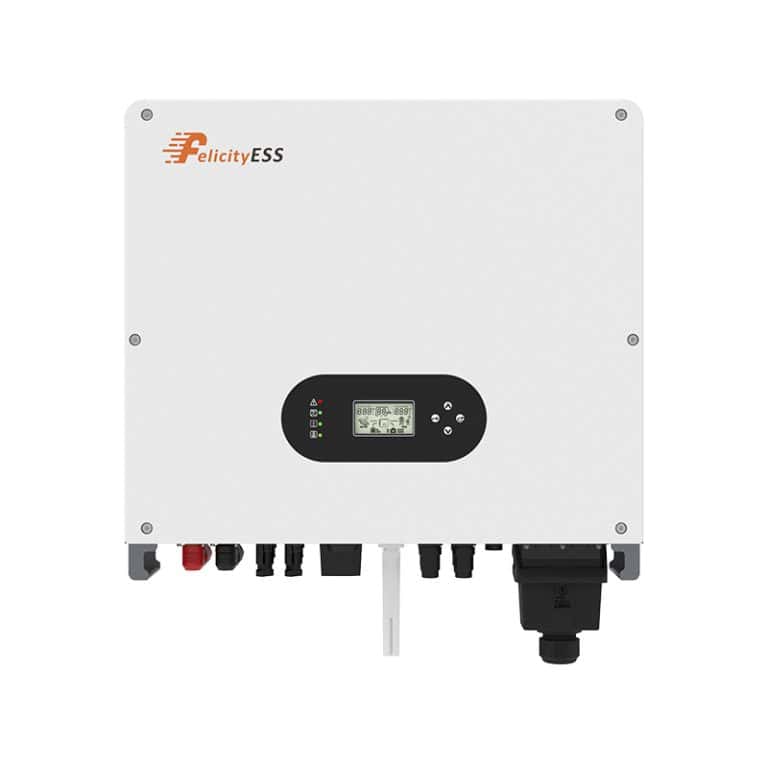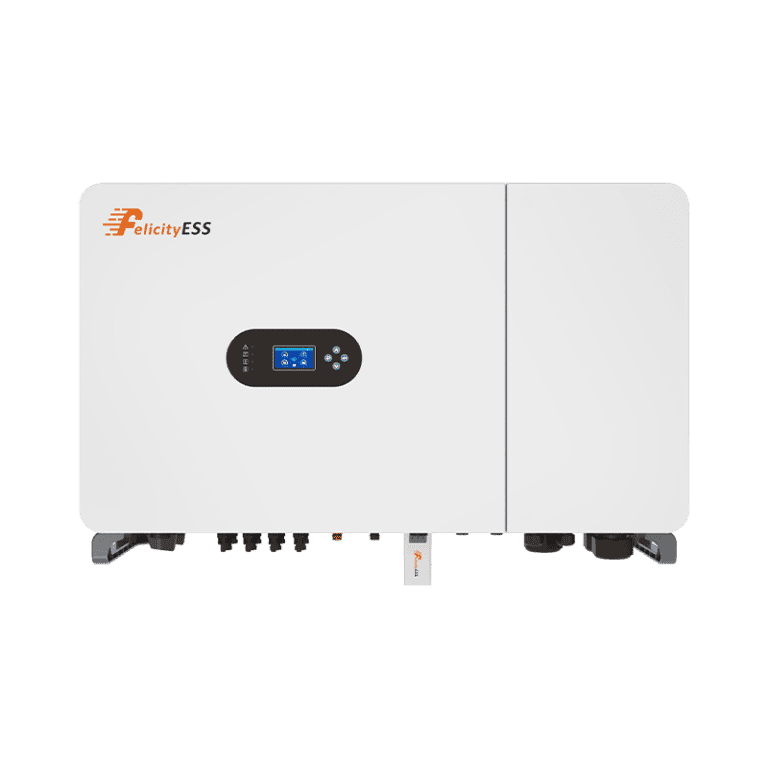Aufgrund ihrer Effizienz wird die Solarenergie heutzutage immer häufiger für Hauslösungen eingesetzt. Die Auswahl der richtigen Solarwechselrichtertypen ist entscheidend für die Umwandlung der gewonnenen Energie und deren weitere Nutzung im größtmöglichen Umfang. Solarenergie ist sicher, schnell und das Beste ist, dass sie Energie „reinigen“ kann. Daher ist die Wahl des richtigen Wechselrichters der entscheidende Faktor bei der Minimierung der Energieverschwendung, obwohl weniger fossile Produkte verwendet werden. Es gibt verschiedene Kategorien von Solarwechselrichtern, weshalb angemessene Informationen über ihre Rolle erforderlich sind.
Arten von Solarwechselrichtern
Solarwechselrichter sind keine Einheitslösung. Jeder Typ wurde für bestimmte Anwendungsfälle entwickelt. Wenn Sie die Unterschiede kennen, können Sie eine bessere Wahl treffen.
String-Wechselrichter
Unter allen anderen Typen sind die Stringwechselrichter am weitesten verbreitet und beliebt. Sie basieren auf dem Konzept, mehrere Solarmodule miteinander zu verbinden und alle an einen einzigen Wechselrichter anzuschließen.
- Wie sie funktionieren: Im String erzeugen alle darin befindlichen Solarmodule Gleichstromstrom. Es wird durch einen Wechselrichter in nutzbaren Wechselstrom umgewandelt, falls Sie ihn zu Hause oder im Stromnetz nutzen. Diese Schlussfolgerung kann aus einer genauen Betrachtung einer Saite gezogen werden, bei der die Leistung der gesamten Saite beeinträchtigt wird, wenn ein Panel aufgrund von Schatten oder Staub weniger effektiv ist.
- Am besten geeignet für: Ein Heimbüro oder ein anderer Ort, der Sonnenlicht ausgesetzt ist und weniger Schatten hat. Mikro-Wechselrichter
Mikro-Wechselrichter funktionieren so, als ob für jedes Solarpanel in Ihrem System ein Wechselrichter vorhanden wäre. Bei dieser Art von Struktur wird der Gleichstrom nicht an einem zentralen Ort untergebracht, sondern Panel für Panel verwaltet.
- Hauptvorteil: Im Gegensatz zu Paneelen mit nur einer Kachel, bei denen Schatten oder Schmutz die anderen Kacheln beeinträchtigen, trennt dieses System die einzelnen Paneele voneinander. Jedes Panel ist außerdem separat und läuft getrennt voneinander.
- Am besten geeignet für: Feinheiten des Daches, wie z. B. mehrere Ebenen oder Bereiche des Grundstücks mit etwas Verschattung.
Leistungsoptimierer
String-Wechselrichter mit integrierten mikrowechselrichterähnlichen Eigenschaften, wie unten aufgeführt. Sie werden mit jeder Platine verbunden, um deren Gleichstromleistung zu maximieren, bevor der Strom zu einem einzelnen Wechselrichter in der Mitte gelangt.
Wie sie funktionieren: Sie wandeln Gleichstrom nicht in Wechselstrom um, wie dies bei Mikro-Wechselrichtern der Fall ist, bieten aber zusätzlich den Vorteil, dass sie eine genauere Energieüberwachung ermöglichen und die Installation einer breiteren Palette kompatibler Modultypen in einem System ermöglichen. Ansonsten optimieren sie die Leistung des Panels und liefern konstanten Strom an den Wechselrichter.
Am besten geeignet für: Situationen, in denen Schatten oder Schmutz die Vorhangpaneele beeinträchtigen.
Hybrid-Wechselrichter
Hybrid-Wechselrichter sind flexibel. Sie umfassen Solar- und Batteriespeichersysteme; Sie sind für Ihre Stromversorgung zuständig. Wenn Sie Ihren Strom aus der Sonne erzeugen, wird tagsüber Strom von der Sonne genutzt, und wenn Strom in der Batterie vorhanden ist, wird nachts der in der Batterie gespeicherte Strom genutzt.
Am besten geeignet für: Zum Beispiel für diejenigen mit Speichersystemen oder bei Energieveranstaltungen in Schwellenländern mit schwacher Energieinfrastruktur.
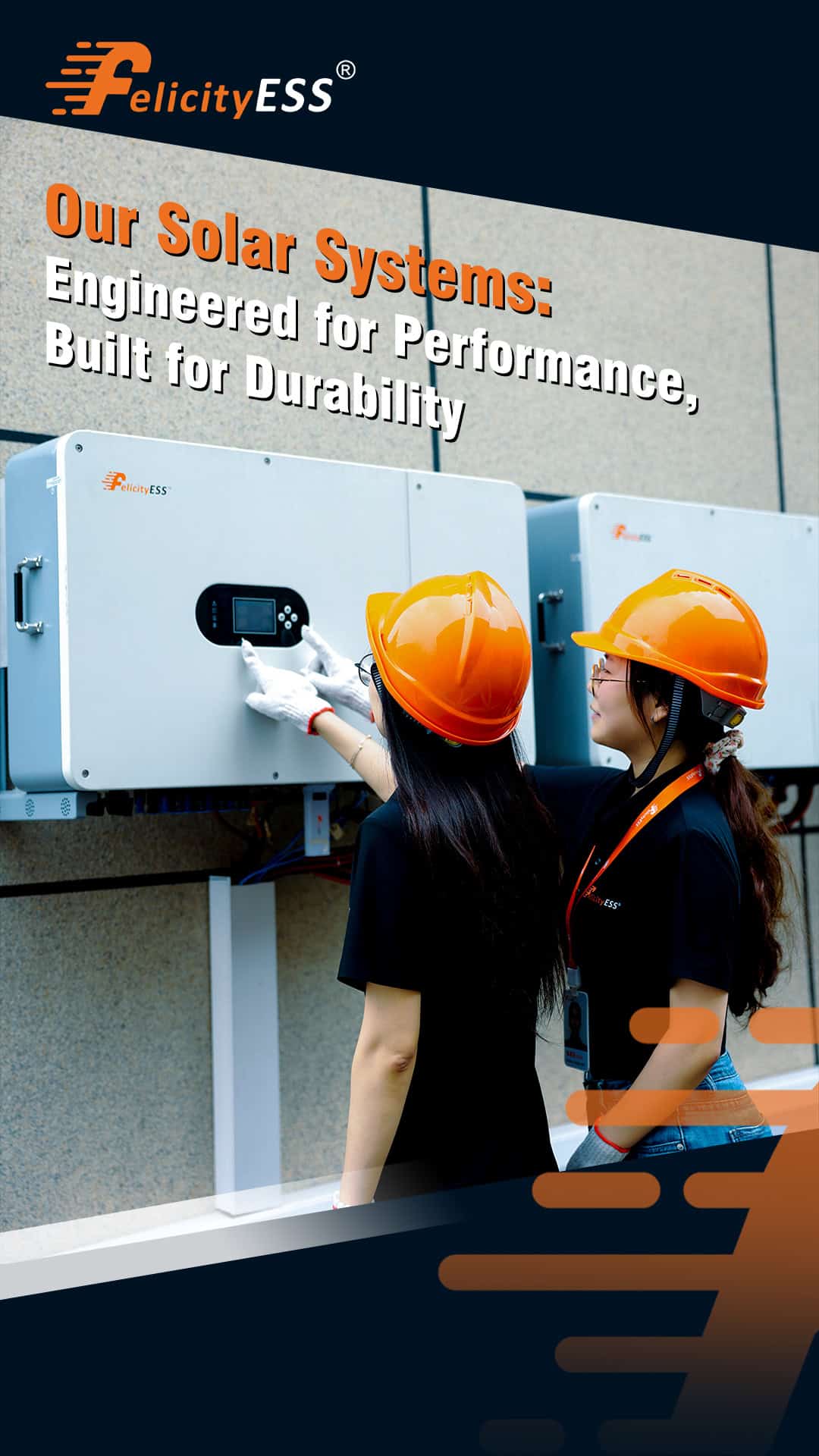
Auswahl der richtigen Solarwechselrichtertypen
Zu berücksichtigende Faktoren
- Systemgröße: Größere Systeme nutzen String- oder Hybridwechselrichter. Für manche Kleinen können Mikro-Wechselrichter nützlich sein.
- Budget: String-Wechselrichter sind günstiger und können eine gute Anschaffung sein, allerdings ist das Problem, dass sie weniger vielseitig einsetzbar sind.
- Auswirkung der Verschattung: Wenn also von Zeit zu Zeit die Verschattung auf die Module trifft, sind Mikro-Wechselrichter oder Leistungsoptimierer besser geeignet.
- Energieziele: Möchten Sie überschüssige Energie speichern? Daher stechen die Hybrid-Wechselrichter hervor.
Schlussfolgerung
Anders Arten von Solarwechselrichtern spielen eine sehr wichtige Rolle bei der Umwandlung von Licht in Elektrizität. Dies gilt unabhängig davon, ob es sich um einen einfachen Einzelstring-Wechselrichter, komplexere Mikro-Wechselrichter für jedes Panel oder einen Hybrid-Wechselrichter zur Speicherintegration handelt. Wenn Sie also Ihren Energiebedarf, Ihre finanzielle Kapazität und die verfügbaren Standortbedingungen kennen, können Sie auf diese Weise die am besten geeignete Lösung für Ihre zukünftige Solaranlage finden und so die tatsächlichen Kapazitäten sauberer Energie kennenlernen.
